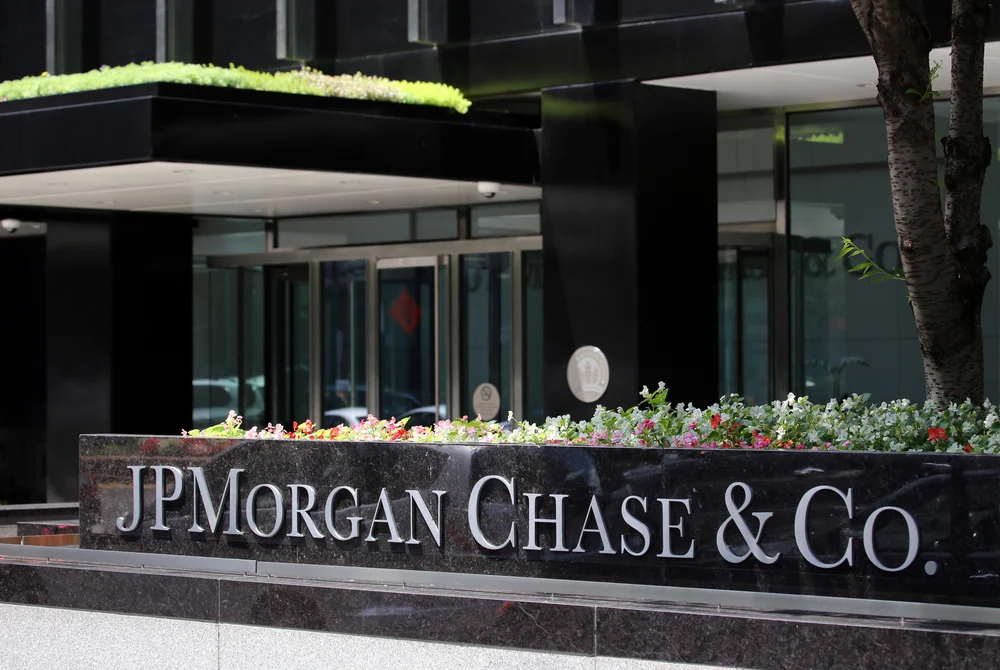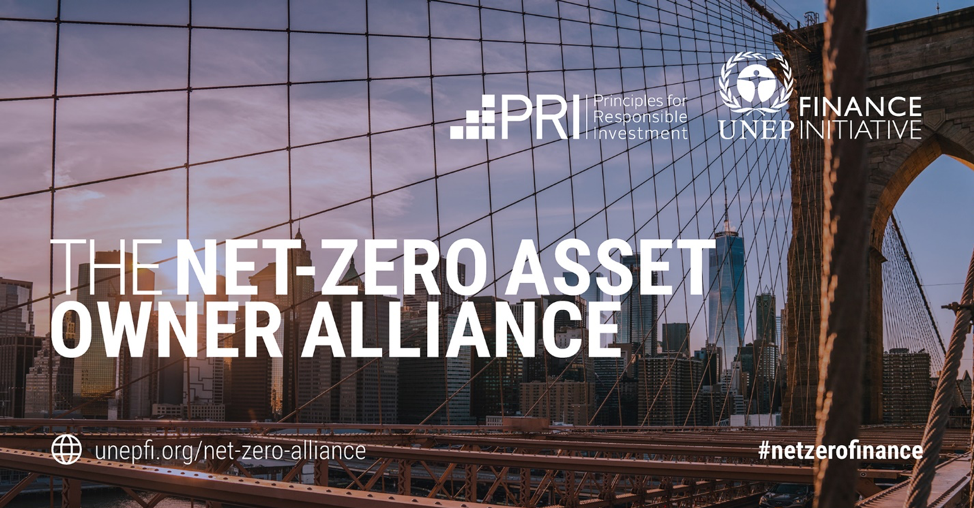Which alternative investments can work as inflation rises?

- Describe the different types of alternative investments
- Identify how alternatives behave in a higher interest rate environment
- Explain how monetary policy has affected markets in recent decades
(Financial Times) – Central banks have provided extraordinary stimulus to the economy in recent years through low interest rates, asset purchases and even the rarely used ‘helicopter money’ via stimulus cheques in the US and other jurisdictions.
This has boosted almost all asset prices and may have broken down some of the traditional correlations between bonds and equities.
Investors, therefore, have been finding it increasingly difficult to find assets that achieve their required return because all this liquidity has pushed up asset prices, making it an expensive time to be investing, and with the pandemic and political uncertainties, the risks associated with those assets most influenced by factors such as interest rate movements are elevated right now.
Private sector financial assets have grown to levels that far surpass those of the pre-global financial crisis and dot-com periods, causing vast inflows into equities and other risk assets. Speculation is rife, evidenced by large increases in single stock option equity volumes and investments in assets like dogecoin (a cryptocurrency that started as a joke that has a $20.4bn (£14.9bn) market cap at the time of writing).
The market was concerned, before the Omicron variant, that the velocity of all this money would accelerate to produce long-term inflation. This is still a significant risk: structural inflation could create a turning point in interest rates.
Alternatives can play a role in protecting investors’ wealth amid such turbulence, but careful thought is required, particularly around portfolio construction and asset selection, as not all alternatives have the same characteristics.
Leaving cryptocurrency and other lesser-known strategies to one side, alternatives consist of hedge funds, non-investment grade debt, private credit, private equity, and real assets such as property and infrastructure. To varying degrees, all of these asset classes provide some diversification to mainstream markets and global economic growth. Combining them can provide exposure to factors that are not found in traditional asset classes as well as the much sought-after manager skill.
Accelerating investor pressure, central bank policy, regulation, and financial innovations are changing the world of alternatives too. Outlined below are some of the changes in fees and liquidity, in addition to diversification and environmental, social and governance considerations.
Fees
Fees for hedge funds have been reduced. Nowadays the often-quoted ‘two and 20’ model (2 percent management fee and 20 percent performance fee) is rarely seen. In the more liquid area of the market, management fees of between 0.5 percent and 1 percent are typical – a level close to active equity fund fees.
There are a range of approaches when it comes to performance fees, with none charged at all in some cases. For a manager to keep no more than one-third of the return they deliver above the gains of the market as a whole being a good yardstick in the current climate.
As an example, this would mean few alternative beta products merit having a performance fee.
Thanks to low-interest rates and high historic performance attracting investors on the hunt for return, private market managers have seen less pressure to reduce fees. This is most apparent in private equity, one of the largest alternatives markets, making value for money harder to find.










